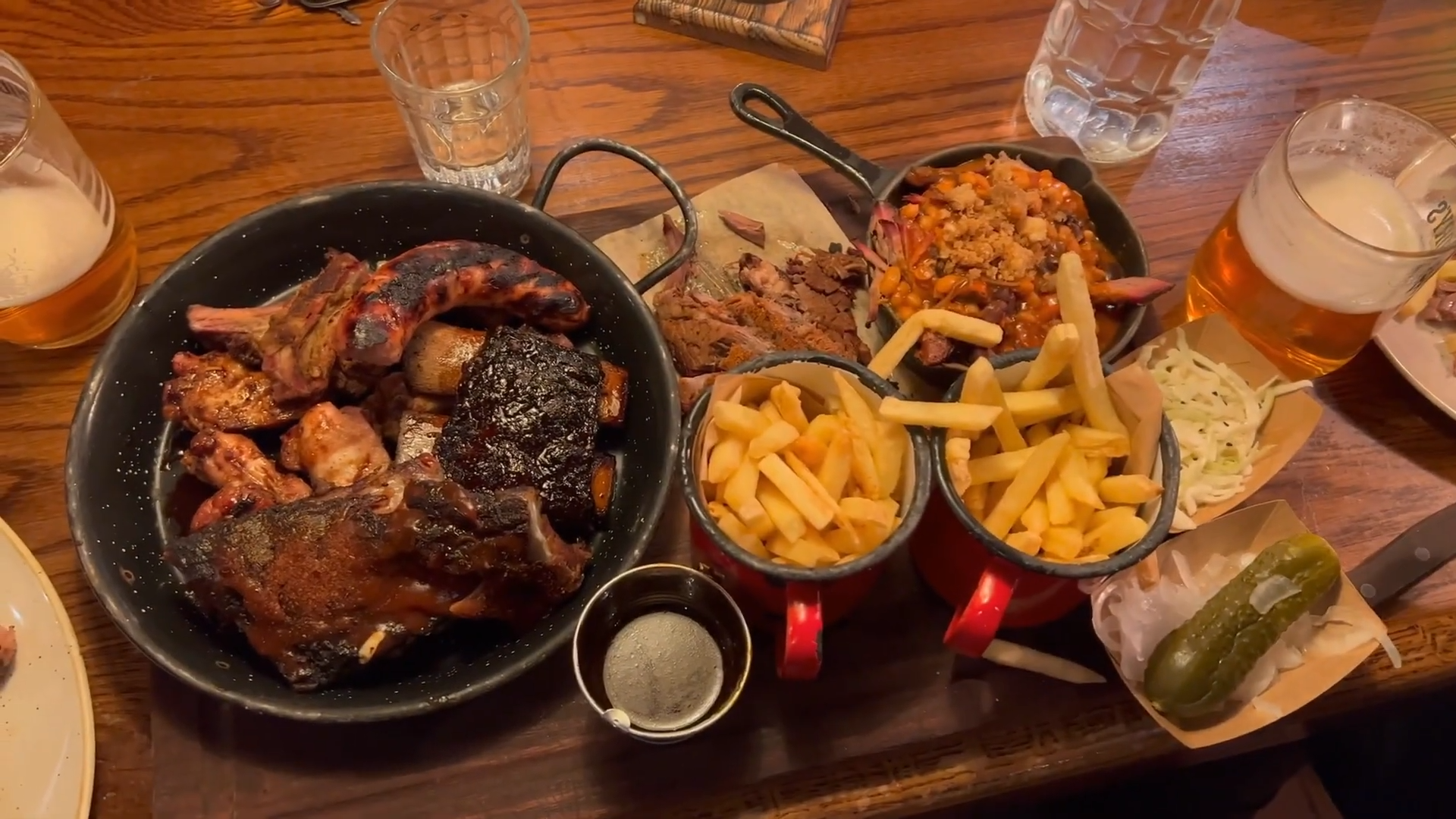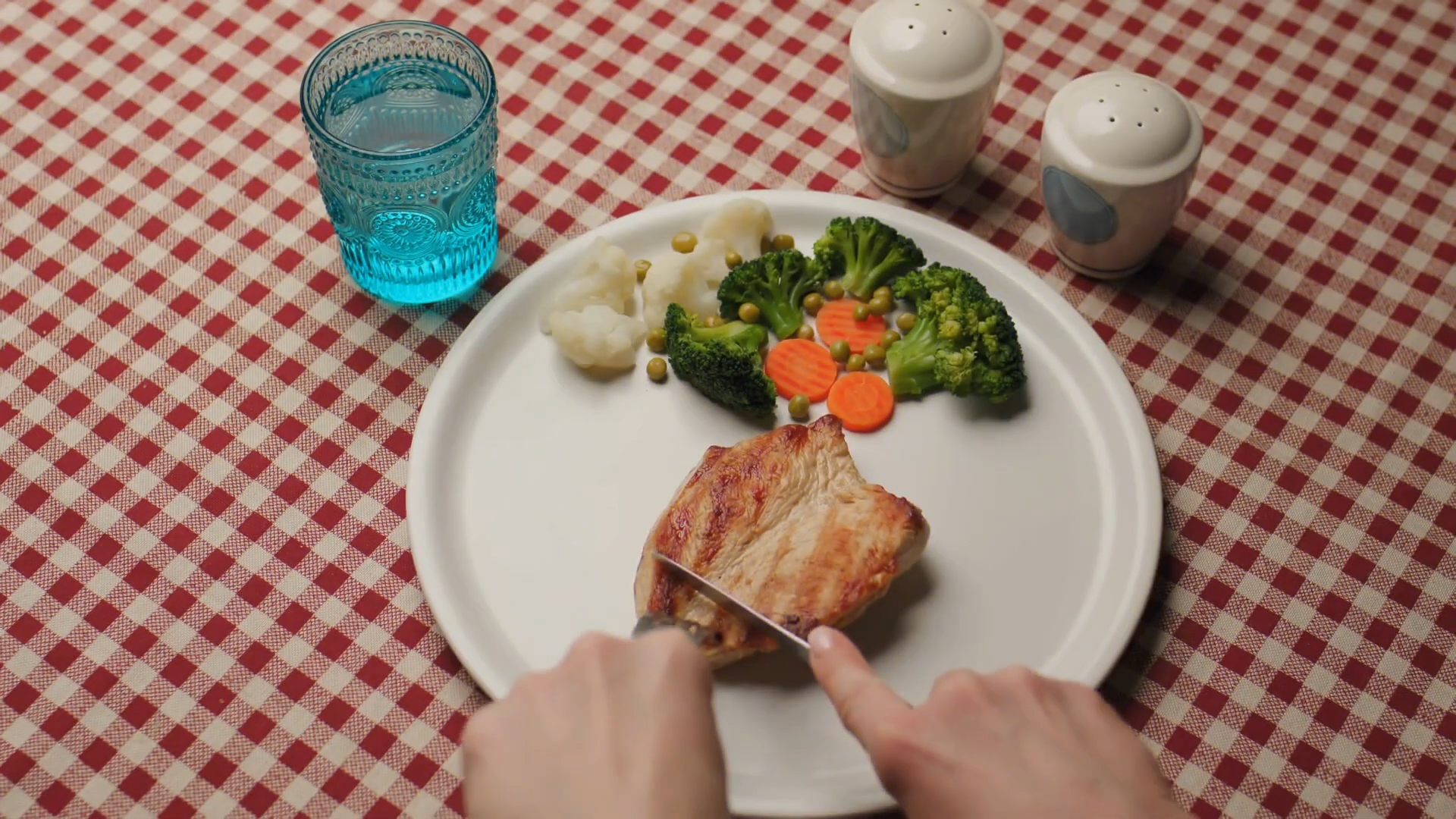Have you ever found yourself mindlessly finishing an entire bag of chips while watching TV, only to feel guilty afterward? I certainly have. Last month, during a movie marathon, I devoured a family-sized bag of potato chips without even realizing it until I reached for another handful and found only crumbs. This experience made me reflect on how portion control can make or break our weight loss efforts.

Why Portion Control Matters for Weight Loss
Controlling your portion sizes is perhaps the most underrated yet effective strategy for weight management. When we consistently consume larger portions than our bodies need, we create a calorie surplus that inevitably leads to weight gain. According to research from Cornell University, people consumed 50% more food when given no visual cues about appropriate portion sizes.
The beauty of portion control is its simplicity – you don’t need to eliminate your favorite foods or follow complicated diet rules. Instead, you just need to be mindful of how much you’re eating at each meal or snack.
15 Effective Portion Control Tips and Tricks

1. Load Up on Colorful Vegetables
Vegetables should occupy at least 50% of your plate at mealtimes. This strategy not only helps control your portions of higher-calorie foods but also boosts your nutritional intake with minimal calories.
The brilliant thing about vegetables is that they’re packed with fiber, water, vitamins, and minerals while being naturally low in calories. This means you can eat generous portions without consuming excessive calories.
Pro Tip: The more colorful your vegetable selection, the better your antioxidant, flavonoid, and polyphenol intake will be.
2. Eat Before You’re Too Hungry
One of the fundamental reasons people overeat is poor meal timing. When you wait until you’re extremely hungry to eat, your body goes into “survival mode,” making it much harder to control portions.
Our bodies work best when we follow consistent meal schedules aligned with our circadian rhythm. When we delay eating due to meetings or other commitments, we often end up ravenous, with low blood sugar levels that drive us to consume much larger portions than needed.
Solution: Plan your meals ahead of time and eat before intense hunger strikes. If you have a busy schedule with unpredictable meeting times, keep healthy snacks handy to avoid getting overly hungry.
3. Don’t Eat Directly from Packages
This simple yet powerful habit change can dramatically improve your portion control. Studies show that people who eat directly from packages or containers consistently consume more food than those who portion out their snacks beforehand.
When you eat directly from a large container, you lack visual cues about how much you’ve consumed, making it incredibly easy to overeat. Research at Cornell University found that people with no visual portion cues ate 50% more food than those who could see their portion sizes.
Practical Implementation:
- Transfer snacks from their original packaging into small bowls or containers
- Buy smaller, single-serving packages rather than bulk sizes
- Pre-portion snacks into small reusable containers at the beginning of the week
4. Use Smaller Plates and Bowls
This psychological trick leverages the Delboeuf illusion – the same amount of food looks larger on a smaller plate and smaller on a larger plate. By using smaller dinnerware, you can trick your brain into feeling satisfied with less food.
Research shows that reducing your plate diameter by just 2 inches can lead to up to 22% fewer calories consumed. The best part? Most people feel equally satisfied after eating from a smaller dish as they do from a larger one.
Pro Tip: Choose plates that contrast with your food colors. Studies show people serve themselves more food when there’s less color contrast between the food and the plate (like pasta on a white plate).
5. End Meals with Natural Appetite Suppressants
If you struggle with sweet cravings after meals, try incorporating natural appetite suppressants into your post-meal routine. Fennel seeds, popular in traditional Indian households, can help curb sugar cravings while aiding digestion.
Alternatively, sipping on peppermint, spearmint, cinnamon, cumin, or basil tea after meals can help you feel satisfied and fresh while avoiding unnecessary calories from desserts.
6. Take a Tour of the Buffet Before Serving
When faced with a buffet-style meal, many people fill two-thirds of their plate with the first three food options they encounter, regardless of whether they truly enjoy those foods. This approach often leads to overeating and less satisfaction.
Strategy: Take a complete tour of all available options before putting anything on your plate. This allows you to make conscious choices about what you truly want to eat rather than impulsively filling your plate with whatever you see first.
7. Practice Mindful Eating
Mindful eating involves paying full attention to the experience of eating without distractions. This ancient wisdom has powerful modern applications for portion control.
When we eat while distracted by phones, television, or work, we’re much less aware of hunger and fullness cues, often leading to overeating. Research shows that it takes approximately 20 minutes for your brain to register that you’re full.
Mindful Eating Steps:
- Eliminate distractions (turn off screens)
- Chew thoroughly and eat slowly
- Appreciate the colors, smells, textures, and flavors
- Put down your utensils between bites
- Take at least 20 minutes to finish your meal
8. Use Your Hands as Portion Guides
Your hands provide a convenient, portable portion guide that’s proportional to your body size. Here’s a simple system:
- Protein (meat, fish, tofu): Palm-sized portion (women) or two palm-sized portions (men)
- Vegetables: One cupped hand
- Carbohydrates: One fist-sized portion (women) or two fist-sized portions (men)
- Fats: One thumb-sized portion (women) or two thumb-sized portions (men)

9. Drink Water Before Meals
Consuming a glass of water 30 minutes before eating can naturally reduce your food intake by creating a sense of fullness. This simple habit helps you distinguish between hunger and thirst, which many people confuse.
A study of adults with type 2 diabetes found that drinking water before meals was associated with lower body weight, BMI, waist circumference, and improved metabolic markers.
10. Learn Visual Portion References
Understanding what proper portion sizes look like can help you make better decisions, especially when eating out. Here’s a quick reference guide:
| Food Type | Visual Reference | Approximate Calories |
| Fruits | Tennis ball (1 medium apple) | 60 calories |
| Vegetables | Baseball (½ cup cooked carrots) | 25 calories |
| Carbohydrates | Deck of cards (½ cup pasta) | 70 calories |
| Proteins | Deck of cards (3 oz chicken) | 110 calories |
| Fats | Pair of dice (2 tsp mayonnaise) | 45 calories |
11. Follow the One-Plate Rule
Instead of going back for seconds, commit to eating just one plate of food per meal. This simple boundary helps prevent mindless overeating and encourages you to be more thoughtful about what you put on your plate initially.
Implementation Tips:
- Take time to build your plate intentionally
- Include all food groups in appropriate proportions
- Eat slowly to maximize satisfaction
- Remind yourself that you can always have more at the next meal if truly hungry
12. Keep a Food Diary
Research consistently shows that people who track their food intake become more aware of their eating patterns and typically lose more weight than those who don’t track.
A food diary helps you identify not just what and how much you’re eating, but also patterns, triggers, and emotional connections to food that might be driving overeating.
13. Use the 20-Minute Rule
Since it takes approximately 20 minutes for your brain to register fullness, implement a simple waiting period before deciding on seconds. After finishing your initial portion, wait 20 minutes while drinking water and engaging in conversation. After this pause, reassess whether you’re truly still hungry.
14. Develop a Pre-Meal Ritual
Creating a consistent pre-meal ritual signals to your brain that it’s time to eat mindfully. This might include:
- Setting the table properly
- Taking three deep breaths
- Expressing gratitude for your food
- Observing all the colors and textures on your plate
These simple practices help transition your mind from busy daily activities to focused eating, making you more likely to notice portion sizes and hunger cues.
15. Practice the 80% Rule
Inspired by the Okinawan concept of “hara hachi bu,” try eating until you’re about 80% full rather than completely stuffed. This practice gives your body time to process satiety signals and helps prevent the discomfort of overeating.

Common Portion Control Mistakes to Avoid
| Mistake | Impact | Solution |
| Skipping meals to “save calories” | Leads to extreme hunger and overeating later | Eat regular, balanced meals at consistent times |
| Drinking calories without accounting for them | Liquid calories don’t trigger fullness the same way | Be mindful of beverages and include them in your portion planning |
| Using oversized dinnerware | Encourages larger portions | Switch to 9-inch plates and smaller bowls |
| Not measuring occasional portions | Portion sizes can gradually increase over time | Periodically check portions with measuring tools |
| All-or-nothing thinking | Creates unsustainable restriction patterns | Practice moderation rather than perfection |
Portion Control for Different Dietary Needs
For Keto/Low-Carb Dieters
Focus on measuring high-fat foods carefully. While fats are essential on keto, they’re calorie-dense and easy to overeat. Use measuring spoons for oils, butter, and nut butters.
For Plant-Based Eaters
Be mindful of portions for calorie-dense plant foods like nuts, seeds, avocados, and oils. While nutritious, these can contribute to a calorie surplus if portions aren’t controlled.
For Fitness Enthusiasts
Pay special attention to protein portions to ensure muscle recovery and growth. Use a food scale for precision when measuring proteins, especially during training phases.
Frequently Asked Questions
How long does it take to adjust to smaller portions?
Most people report that it takes 2-3 weeks for their bodies and minds to adapt to smaller portions. During this adjustment period, focus on eating slowly and incorporating more vegetables and protein, which help maintain fullness with fewer calories.
Can I practice portion control while eating out?
Absolutely! Strategies include sharing entrees, ordering appetizers as your main course, asking for a to-go container at the beginning of the meal, and immediately boxing half, and requesting dressings and sauces on the side.
Will I feel hungry all the time with portion control?
Not if you do it right. The key is choosing nutrient-dense, high-fiber foods that keep you satisfied. Proper portion control isn’t about feeling deprived—it’s about giving your body what it needs rather than what modern food environments encourage us to consume.
Do I need to measure everything forever?
Most people find they need to measure portions for only 2-4 weeks before developing the ability to eyeball appropriate portions. After that, periodic “portion checks” with measuring tools can help prevent portion creep.
Conclusion: Small Changes, Big Results
Mastering portion control doesn’t require drastic measures or complete dietary overhauls. By implementing these practical tips, you can create sustainable eating habits that support your weight loss goals while still enjoying your favorite foods.
Remember that portion control is a skill that improves with practice. Be patient with yourself as you develop this new relationship with food, and celebrate small victories along the way. The most successful approach to portion control is the one you can maintain consistently over time.
I encourage you to try implementing just one or two of these strategies this week. Notice how these small changes impact your awareness, satisfaction, and overall relationship with food. With time, these portion control habits will become second nature, supporting your health goals for years to come.
Have you tried any portion control strategies that worked particularly well for you? Share your experiences in the comments below!